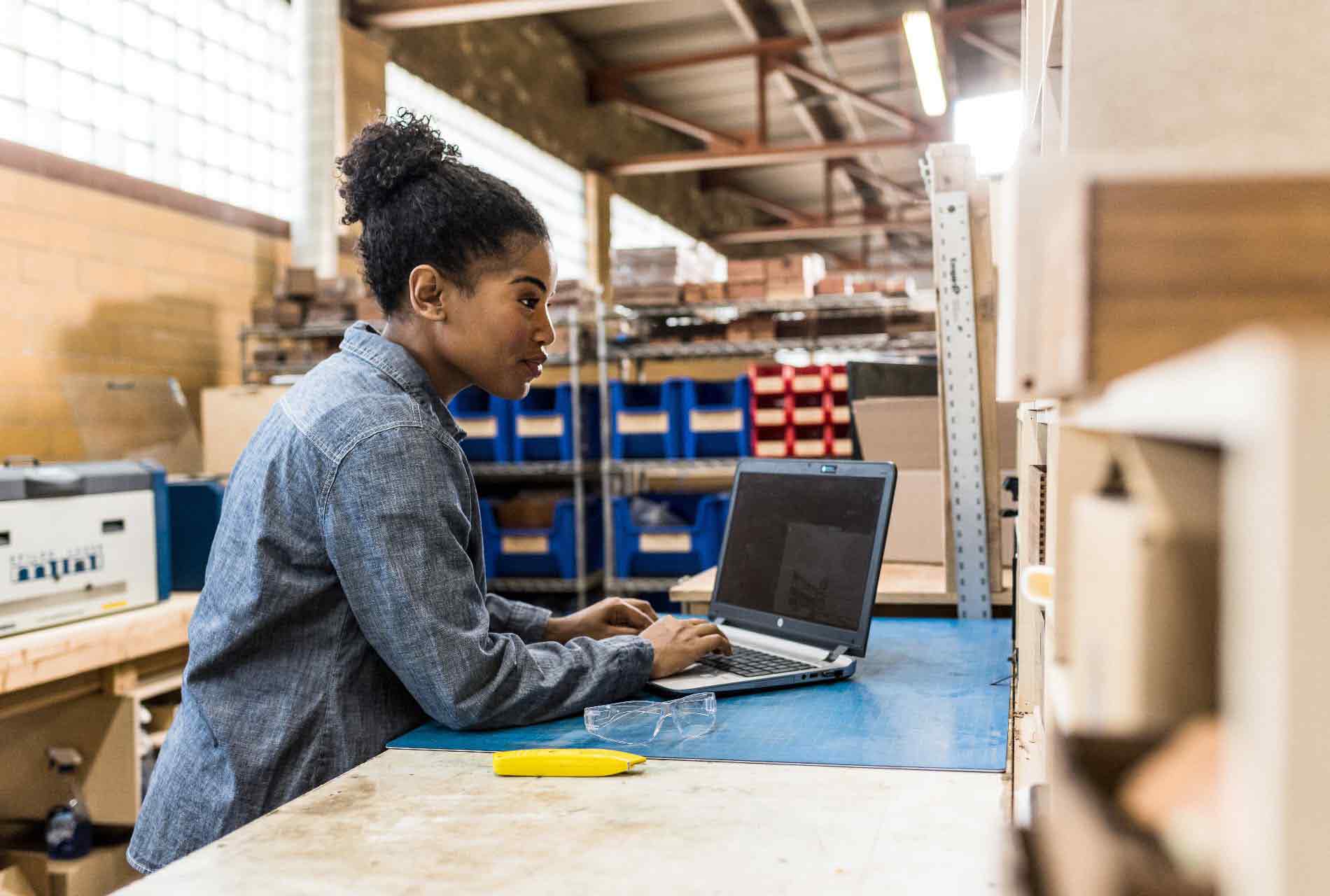News
Urban Institute helps U.S. Bank create a measurement framework for social impact

The goal is to measure not only what the company does through U.S. Bank Access Commitment, but is it making a difference?
Over the past year, U.S. Bank has been working with Urban Institute to create a framework to measure the social impact of U.S. Bank Access Commitment™, the bank’s long-term approach to wealth building and helping to close the racial wealth gap. The framework will help U.S. Bank determine what data points to measure to identify social impact in the communities it serves.
“We already measure what we do – the amount of money invested, mortgages closed, employees hired – but in order to know whether we’re making a difference, our next step is measuring the impact of this work on people’s lives and their communities,” said Greg Cunningham, chief diversity officer for U.S. Bank. “We are focused on outcomes over activities. We’re only successful when the people we’re serving are successful – when the entrepreneur creates one more job, or the family saves up to achieve their goal of sending their kids to college or buying a home.”
Urban Institute, a nonprofit research organization that provides data and evidence to help advance upward mobility and equity, helped U.S. Bank identify ways in which it will put people on the path to building wealth, which will ultimately close the racial wealth gap:
- Career advancement for current and prospective employees, which includes support for career development and competitive pay and benefits.
- Financial capability and asset building for individuals and families, which includes financial education and supportive and affordable products.
- Prosperous and thriving businesses and communities, which includes coaching and technical assistance, equitable access to capital, networking, and advocacy.
“What U.S. Bank really wants to know is are they making a difference, did they add value and how do they know?” said Brett Theodos, senior fellow and director of the Community Economic Development Hub at the Urban Institute. “We helped them develop a map of activities that lead to the outcomes U.S. Bank wants its stakeholders to achieve and initial social impact measures to assess progress over time. The bank can then use this to guide future initiatives as well.”
“We need to continue to be transparent and accountable, and this will help us do just that.”
Greg Cunningham, chief diversity officer for U.S. Bank.
The Urban Institute has provided U.S. Bank with metrics that give the company a starting point and checkpoints to assess its progress with short-, medium-, and long-term goals. It provides ways U.S. Bank can drive change – education and coaching, products and services (existing and new) and networks and apply all these to current Access Commitment initiatives and all future ones as well.
Over time, measuring this social impact will enable U.S. Bank to monitor progress and adjust course for maximum impact as it works toward the goal of helping Black and Hispanic individuals, families, small businesses and communities build wealth. The company anticipates having its first set of social impact measurements in 2023.
“Now, we need to dig in and work across all business lines to capture the data, so we can report out on homeownership numbers, small business growth, community enhancement and workforce development,” said Cunningham. “We need to continue to be transparent and accountable, and this will help us do just that.”
Check out the Real Good Podcast with Theodos, which delves into the science of community development.
Media center
Press contact information, latest news and more
Learn more
Company facts, history, leadership and more
Work for U.S. Bank
Explore job opportunities based on your skills and location
